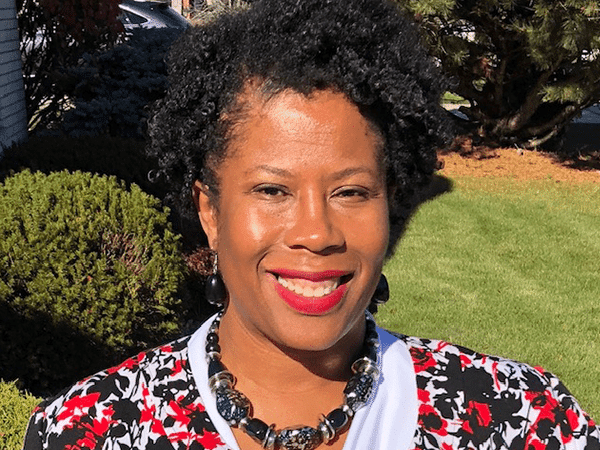In our fast-paced world it can feel like issues of violence and racism are dominating the content we consume from the news to social media to conversations with our friends and loved ones. While we are all working to process our thoughts, feelings and emotions around these difficult topics, so are our little ones. They are seeing these topics play out around them and, more importantly, they’re watching how the adults in their lives are responding. They might not be able to fully grasp what is going on, but even our youngest learners are picking up on our emotions in these challenging times.
That’s why here at Start Early we created this series, Tackling Tough Topics with Your Little One, to give you helpful advice from our experts as well as tips to navigate discussing difficult topics such as violence, racism and loss with your children. During the first installation of our series, Kristie Norwood, Start Early grantee education manager, shares tips and resources on how to address the topic of violence with your child.
Why Violence?
To say that recent events in our country have been violent would be an understatement. Children see the violence happening around them whether that is on television, at school or simply by hearing what the adults in their lives are saying. Even though very young children may not be able to talk about these topics in depth, they can still pick up on and respond to how the adults in their lives feel. It is important to address the topic of violence with your young children to make sure that they have accurate information and can learn how to handle their emotions. Most importantly you want to make sure to reinforce that that you love your child and that you all are working as a family to be safe and to help keep others safe, too.
How to Address the Topic of Violence
-
For Infants and Toddlers
- It’s critical to instill a feeling of safety and security with your infants and toddlers. Their well-being is linked to the strength of their relationships with their caregivers.
- Let your child know that it is their job is to be a kid, and your job as their parent is to keep them safe.
- Let them know that you are staying safe and are trying to be safe in everything that you do.
- Even babies can sense if you are sad or upset, so as much as it might be difficult for you, try not to expose your children to your anxiety around this topic. It might be helpful to try a few mindfulness activities to reduce stress, such as breathing exercises or repeating positive mantras.
- Work with your child to find a way to identify and process their own feelings of anger, stress, fear and anxiety in a healthy way. For example, you could ask them to draw a picture about how they are feeling and talk about it.
- Talk with your child about their feelings and reassure them that you are there to love and support them.
-
For Children Ages 3-5
- Have conversations about what they are talking about at school with their friends—this will let you know if they are discussing current events.
- When your child starts to discuss topics like gun violence, death or police brutality, let them. It is only natural for them to be curious. Use this as a learning opportunity to ask how they feel about these topics.
- When your child asks you a question, keep your answers short and focused on what you and your family can do to be safe.
- Remember to stay calm and use simple language that your child will understand. And if you don’t know the answer, it’s okay to say just that.
-
For Both Age Groups
- One of the best ways to start a conversation with your child is through books. Pick an age-appropriate book on the topic for storytime and then start to read. Your child’s questions will naturally develop from there.
- Ask your child questions like: How do feel about that? Tell me more about that? Why do you think they are angry?
- Monitor your child’s television viewing and screen time to prevent “overload.” This will help to ensure that you know what kind of content your child is consuming.
- Try to limit your own viewing of the news or other potentially violent content to times when your child is either asleep or not in the room.
- Explain the concept of safety using examples your child will understand. For example: Remember how we hold hands when we go outside so you don’t get lost? That is one way we stay safe. We work very hard to make sure that we can be as safe as possible.
Other Resources
- Recommended books on the topic:
- Something Happened in Our Town, ages 4-8
- I Walk with Vanessa: A Story About a Simple Act of Kindness, ages 4-8
- Peaceful Fights for Equal Rights, ages 4-8
- Consider talking to your pediatrician if you notice any of the following signs of anxiety:
- Withdrawal from activities your child used to love
- Excessive nail biting
- Regression in potty training
- Separation issues
- For example “James used to love going outside for walks, now he cries whenever I suggest it.” Or “Hannah is starting to bite her nails until they bleed. She just started doing this within the last couple of weeks.”
- It’s always good to have an open line of communication with your child’s doctor, they are trained to note differences in behaviors and what those differences can mean medically.
- From our friends at ZERO TO THREE: Racism and Violence: Using Your Power as a Parent to Support Children Aged Two to Five
- Addressing childhood fears with our friends at PBS Kids



